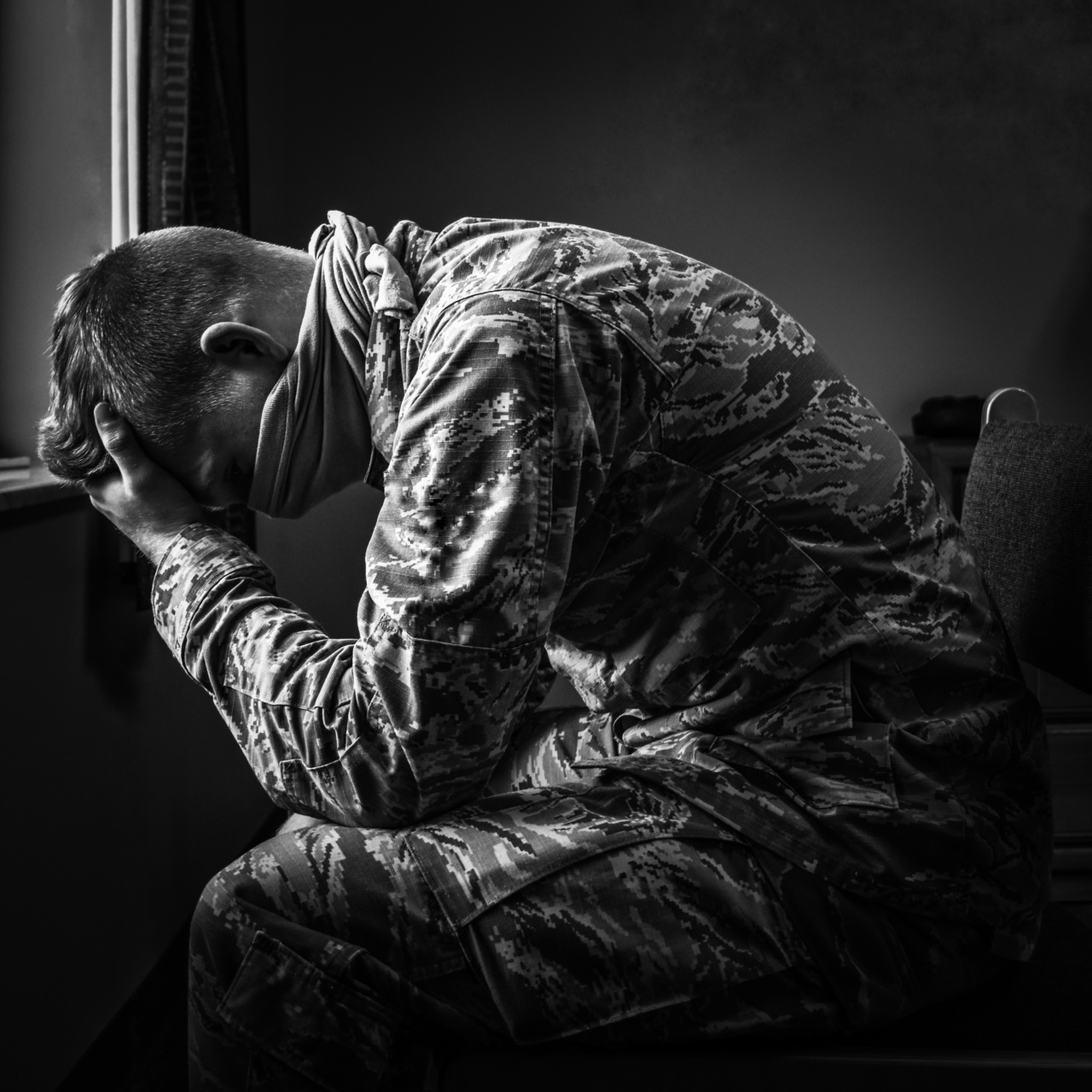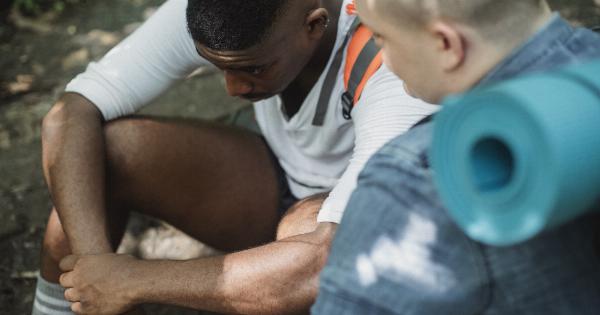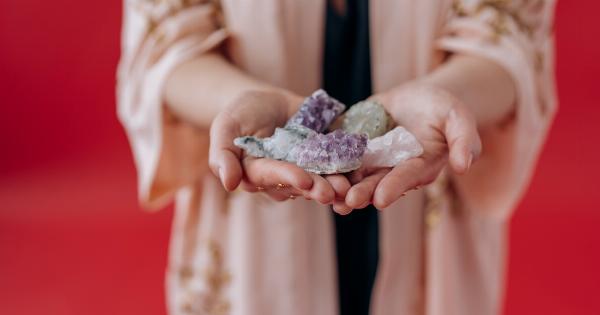Combat stress or post-traumatic stress disorder (PTSD) is a mental health condition that some soldiers may experience after serving in the military. The symptoms of PTSD can be intense, distressing, and can greatly reduce quality of life.
However, there are many calming activities that can help relieve combat stress symptoms and improve one’s mental state.
1. Yoga and Meditation
Yoga and meditation are excellent ways to calm the mind, reduce anxiety, and improve sleep quality. They can help alleviate some of the symptoms of PTSD like hyperarousal, flashbacks, and insomnia.
These practices also strengthen the nervous system and increase self-awareness and self-regulation.
2. Exercise
Physical activity has been shown to improve mood and reduce stress, anxiety, and depression. Exercise can be a great outlet for emotions that may be difficult to express through words.
It can also help with the process of post-traumatic growth by providing a new challenge and sense of accomplishment.
3. Creative Arts
Engaging in creative activities like painting, drawing, writing, or playing music can be a powerful way to express emotions and process trauma.
Creativity can be a form of therapy that helps release pent up emotions and provides a sense of control and empowerment.
4. Exposure Therapy
Exposure therapy is a type of cognitive-behavioral therapy that involves gradually and intentionally confronting a feared situation or memory.
It can be a helpful tool to overcome PTSD symptoms by desensitizing the nervous system and reducing the intensity of the fear response.
5. Mindfulness Practices
Mindfulness practices like deep breathing, body scanning, and present-moment awareness can help reduce SNS activation and bring the body back into a more relaxed state. They can be helpful in managing intense emotions and impulsivity.
6. Social Support
Having a support system of friends, family, or peers who have shared similar experiences can be beneficial in managing PTSD symptoms. Supportive relationships can provide a sense of safety, connection, and validation.
7. Nature Immersion
Studies have shown that spending time in nature can reduce stress, anxiety, and depression. Taking a walk in the woods, sitting by a stream, or looking at the stars can provide a sense of calm and perspective.
It can also be a way to connect with something larger than oneself.
8. Trauma-Informed Yoga
Trauma-informed yoga is a specific style of yoga that is designed for people who have experienced trauma. It focuses on creating a safe and supportive environment, using gentle movements and breath work, and allowing for choice and customization.
It can be a helpful addition to traditional therapy for managing PTSD symptoms.
9. Therapeutic Writing
Writing can be a powerful way to process thoughts and emotions related to trauma. Therapeutic writing, also called journaling, involves writing down one’s inner experiences in a structured and reflective way.
It can provide insights into patterns and triggering situations, and can also be a tool for self-compassion and forgiveness.
10. Acupuncture
Acupuncture is a complementary medicine technique that involves inserting thin needles into specific points on the body. It has been shown to be effective in reducing anxiety, depression, and PTSD symptoms.
Acupuncture can help regulate the nervous system and release endorphins, which are natural painkillers and mood boosters.
Conclusion
Combat stress can be a difficult and overwhelming condition to manage, but there are many calming activities that can help alleviate symptoms and improve quality of life.
Yoga and meditation, exercise, creative arts, exposure therapy, mindfulness practices, social support, nature immersion, trauma-informed yoga, therapeutic writing, and acupuncture are all powerful tools that can help regulate the nervous system, reduce stress, and increase self-awareness and self-care.































